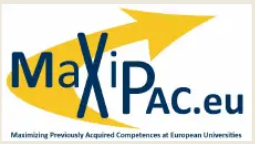Choosing general or vocational upper secondary education after comprehensive school education
After comprehensive school, students continue to the upper secondary level and choose between general and vocational education.
General upper secondary education (lukio in Finnish) provides, as its name suggests, general education. It does not qualify students for any particular occupation. At the end of general upper secondary school, students take a national school-leaving examination known as the Finnish matriculation examination. Those who pass the examination are eligible to apply for further studies at universities, universities of applied sciences and vocational institutions. General upper secondary education usually takes three years to complete.
Vocational qualifications include upper secondary qualifications, further qualifications and specialist qualifications. Vocational upper secondary qualifications provide the basic skills required in the field. Further and specialist vocational qualifications enable people to develop their skills at different stages of their career. The scope of vocational upper secondary qualifications is usually 180 ECVET points, further qualifications 150 points and specialist qualifications 180 points.
At the beginning of vocational education and training, the student and the institution draw up a personal competence development plan for the student, outlining the content, schedule and methods of study. Vocational education and training can also be delivered in workplaces through an apprenticeship agreement or a training agreement. Prior learning acquired in various ways can be recognised as part of the studies. Both young people and adults can apply for vocational education and training.
Graduates are eligible to apply for further studies at universities or universities of applied sciences.
